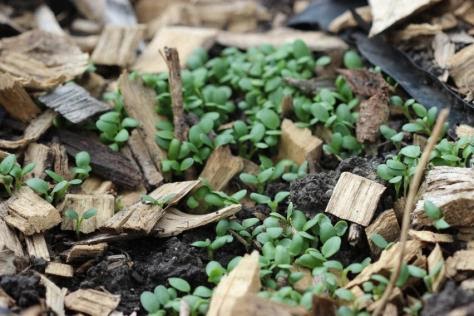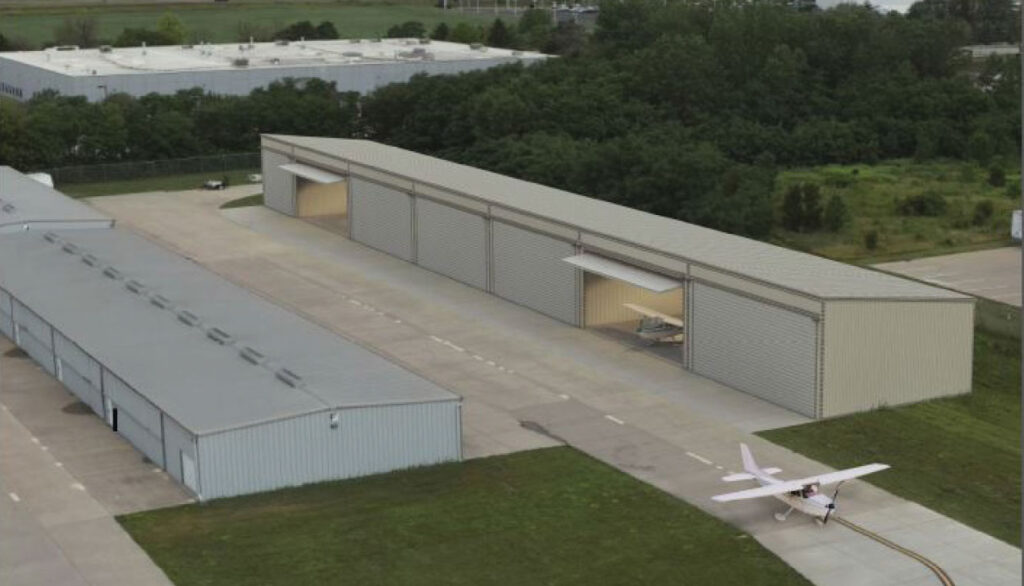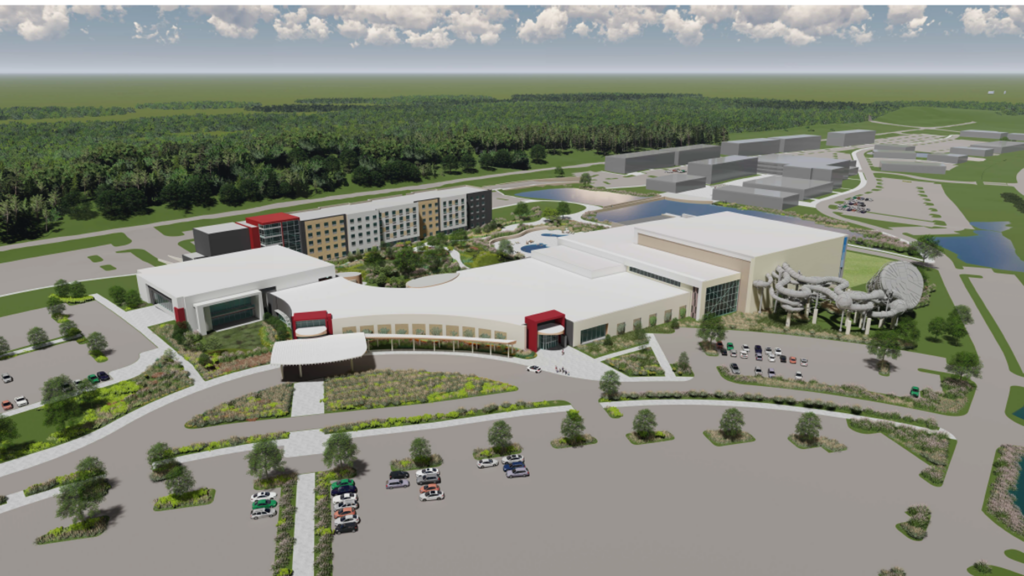Momentum favors standardization of carbon credit markets as more companies offer programs to farmers

Red clover is planted in this image as a cover crop to help retain carbon in the soil. It’s one of several measures that can be taken for a producer to qualify to receive carbon credits as part of contracts signed with individual companies. Photo by Mark Licht, Iowa State University
We hear a lot about carbon credits and the carbon credit market, but what exactly are carbon credits and how do they work? We decided to seek answers, and here is what we found.
First, there is nothing new about the idea of carbon credits. But in the past few years there has been an increased focus on developing a carbon credit market as the emphasis on climate change and protecting the environment has grown.
So what exactly is a carbon credit? Who pays it and what is the benefit?
Here’s how it works.
A carbon credit is a contractually agreed upon payment that someone, usually a private company, pays a producer to use practices that keep carbon in the soil or reduce the amount of carbon used to grow a crop. No commodity is traded or sold, but it’s an investment that is made by a company in hopes of seeing a positive environmental return.
The companies that participate can range from airlines and fast-food chains to tech giants and companies that already have a presence in the agriculture sector.
They might pay farmers to implement practices or continue practices they already employ, offsetting some of their input costs in the process.
The Iowa Farm Bureau held a webinar on July 14 to share information about those private agreements companies enter into with farmers. A researcher at Iowa State University, Alejandro Plastina, recently published a paper that looks at some of those agreements, comparing them and identifying their terms.
The paper, “How to Grow and Sell Carbon Credits in US Agriculture,” suggests that there is no standardization in the carbon credit market system, something others we spoke with agreed with.
“The emerging agriculture credits market can be currently characterized as an unarticulated patch of coexisting programs with different rules, incentives, and penalties, rather than as a cohesive and transparent market where the same activity has the same implication across programs,” the paper read.
Chad Hart, an ISU agriculture economist, described the carbon credit market as “the Wild West.”
“I would describe this more as an individual negotiation than a commodity market,” he said. “Commodity markets are standardized. When we talk about No. 2 yellow corn, we know what it is. Anytime you mention the futures price it’s all standardized, it’s all laid out. Carbon markets right now, you’re working with an individual company and each company has its own setup in terms of the contract, the timing, the payment structure. Everything is unique.”
Hart said that creates challenges for farmers trying to navigate the system.
“Not only is it a question whether farmers are getting paid enough to do the work to get them to participate, it also requires them to do much more homework because of that lack of standardization,” Hart said.
Some contracts are year-to-year. Some can be multiple years. Some contracts cover certain allowable practices for certain crops. Payments can vary from company to company.
“Not only is it the money factor, it’s the time factor farmers are having to figure out and do these individualized negotiations,” Hart said.
Some companies are interested in environmental outcomes.
“They are looking to build a movement in agriculture,” Hart said. “It’s not just the carbon they are looking for. They’re looking for improved soil health and improved water quality.”
Other companies act as the “middleman” who connects farmers and companies so that the companies can avoid direct negotiation with the producer, Hart said.
“Let’s say you’re Walmart or Google and you’re wanting to offset some of your carbon losses, and you’re looking for where can you purchase these credits and line these things up without individually negotiating everything,” Hart said. “That’s where these middle companies come in. They are able to aggregate enough, both buyers and sellers together, to create a functioning market.”
A third group is companies already in the agriculture sector looking to work with producer clients to create business and revenue, Hart said.
They invest their own money in hopes of seeing a return, he said.
“Some of it is to see if there are additional cost savings throughout their value chain, so if we can save carbon here, does that create cost savings for the company as a whole,” Hart said. “They could also be setting these up where they are investing their own money now in hopes of down the road they might serve as those aggregators where they end up selling their credits to other entities out there … in whatever open marketplace develops.”
So far, the only revenue coming in for farmers is the payments from companies investing in them to use practices, like rotational no-till, cover crops, rotational grazing of livestock or planting trees.
While the long-term gain may be better soil health and higher yields, the short-term, more immediate benefit is those cash payments to producers, Hart said.
“Think of it as another source of revenue coming in,” Hart said. “It’s like a side gig. You’re getting side income from doing these special practices.”
There’s also a bill moving through Congress to provide some standardization in the carbon credit market. The bill, the Growing Climate Solutions Act of 2021, passed in the Senate but remains in the House.
If adopted, it would require the U.S. Department of Agriculture to help farmers figure out how to work within the markets, list protocols and qualifications to participate in the carbon markets, and standardize how people can self-certify under the programs.
“I think you’re starting to see that legislative, regulatory action to help create some standardization for these carbon credits as we’re looking forward,” Hart said.
It keeps participation voluntary, but provides some structure around the carbon markets, he said.
Dr. Sam Funk, the Iowa Farm Bureau’s director of agricultural analytics and research, said the primary aspects of the carbon credit market in the U.S. are private sector programs.
“There’s a lot of different reasons why [companies] would do it,” he said. “Maybe they’re being more environmentally conscious. Maybe they’re looking at some goodwill, or maybe they’re trying to attach it to the marketing of their products.”
One question is whether a farmer should be paid for something they are already doing, said Funk, who participated in the group’s webinar last month.
“There’s this broader question: Should you pay for someone who is already doing a practice?” he said. “Well, why shouldn’t you? If someone is willing and able to pay for it, why shouldn’t they pay for it if they see it would help sustain a practice that would be beneficial?”
Funk said most of the agreements companies enter into with a farmer contain a verification process to confirm a process is being used and if it’s generating the outcome being sought, Funk said.
He said the requirements of different programs may not be worth it for farmers to participate.
“Some may not offer enough to pay for the time for the application and the monitoring for some of the practices that are put in place,” Funk said.
The decision to participate is unique to each producer, he said.
“Everybody has an individual and unique circumstance, and all of these programs right now are substantially different in that you need to know what exactly it’s going to require, what it means and what doesn’t make sense for your individual operation,” Funk said. “That’s why everyone needs to look at these programs closely to determine if it’s something they want to do.”
Funk said while there’s a need for greater transparency for producers to make a decision, there is growing debate over the need for more standardization in the system. He also said there is a greater need for more education for farmers on carbon credit programs.
“Farmers are just now finding these opportunities to inform themselves, so it is very important for them to get that level of information and understanding, and I think there will be more changes coming up soon,” he said.
The topic of carbon sequestration was a focal point of the 2020 World Food Prize Borlaug Dialogue.
The 2020 World Food Prize Laureate, Rattan Lal, a soil scientist at Ohio State University, promoted restorative agriculture, conservation and use of cover crops as tools already available to “reduce the carbon and ecological footprint of agriculture, preserve biodiversity, protect the environment, and enhance human and planetary health.”
During an October 2020 presentation with former Vice President Al Gore, Lal described the work needed to improve healthy soil in the simple terms of maintaining a bank account.
“If you want your bank account to increase, what you deposit into the account must always be more than you withdraw. Soil is exactly the same,” he said. “Carbon being the currency, the amount of biomass carbon going into the soil must always be more than what you withdraw from the soil.”
Hart, the ISU agriculture economist, said he believes there is momentum in favor of creating a more standardized market for carbon credits.
“We’ve made a couple of runs at this before and it’s failed, but I think there is enough interest, and money is around it enough, I look for this to take off,” he said. “But it comes back to the idea that this needs to coalesce into some sort of at least semi-standardized market that makes it easier for farmers and anyone who wants to participate to feel confident that the market is doing what you think it’s doing, otherwise you will not participate.”











